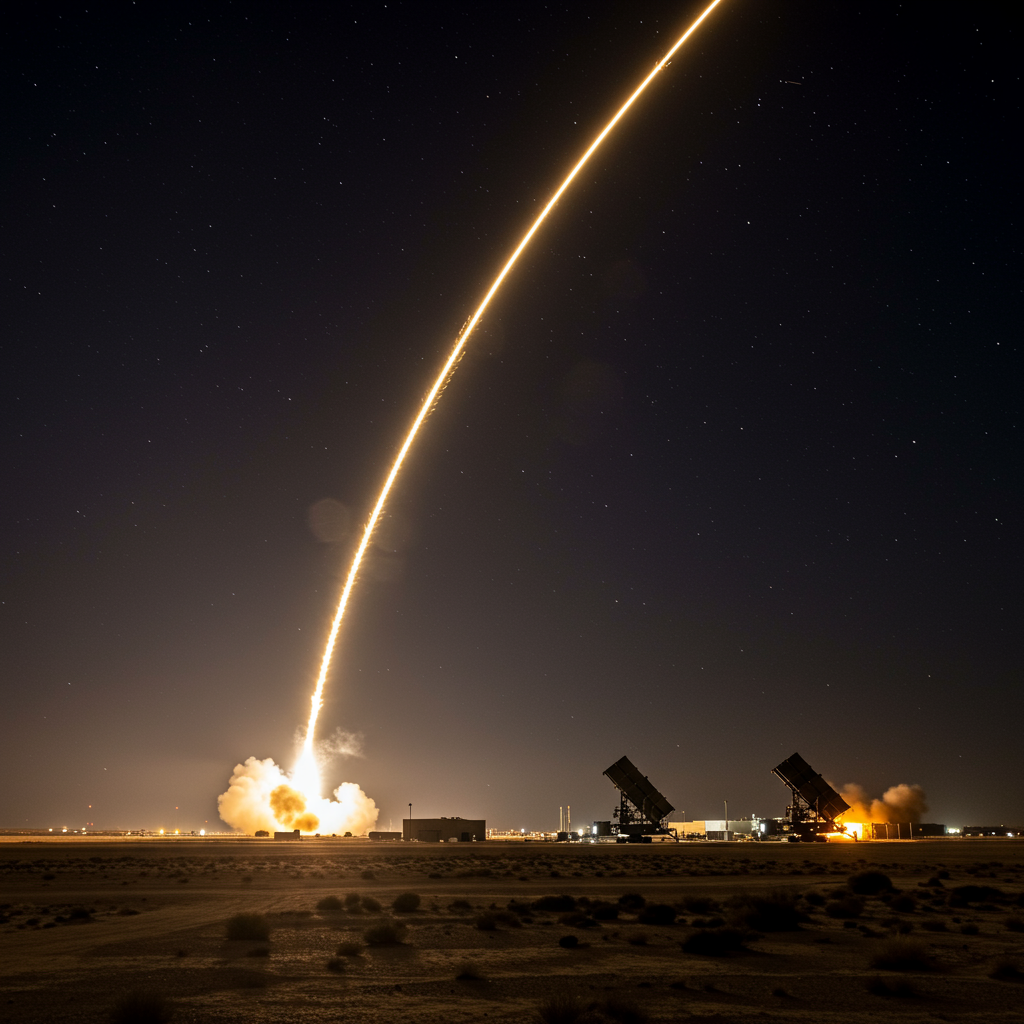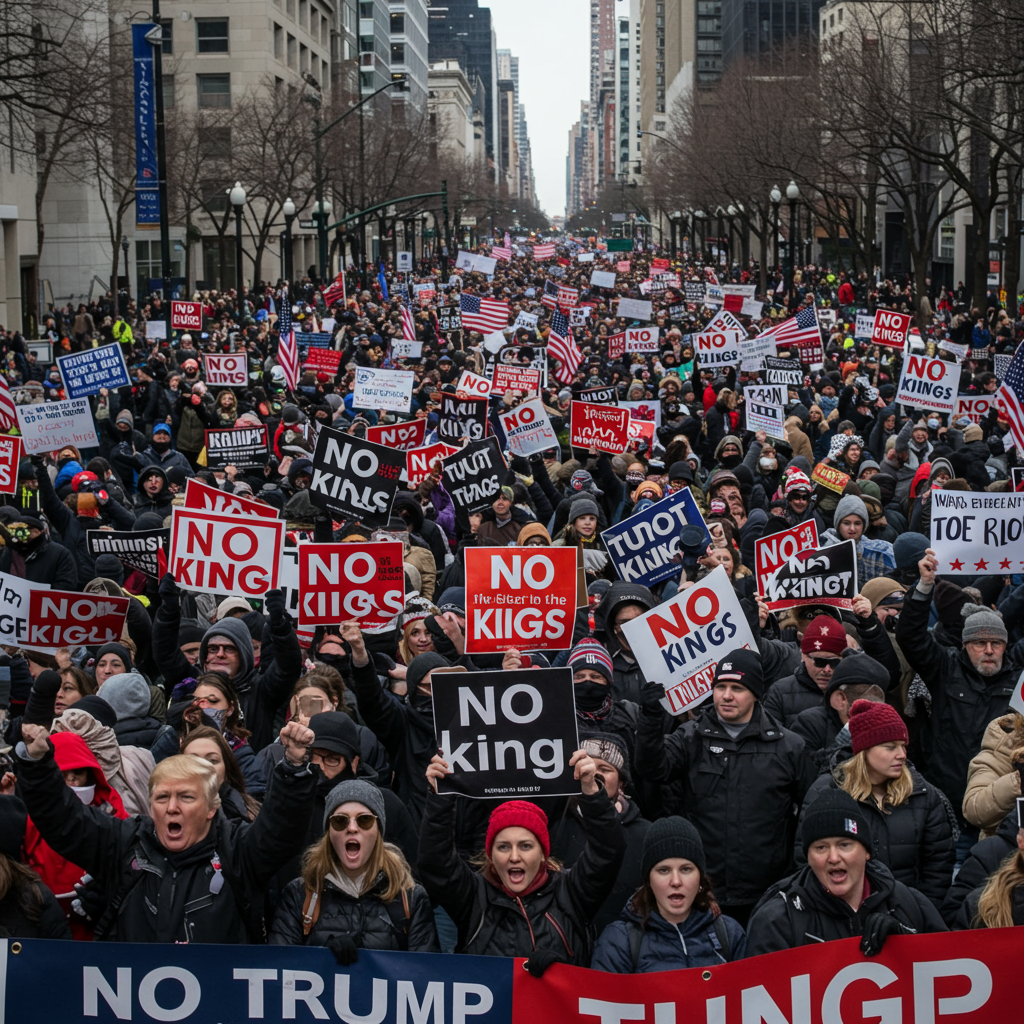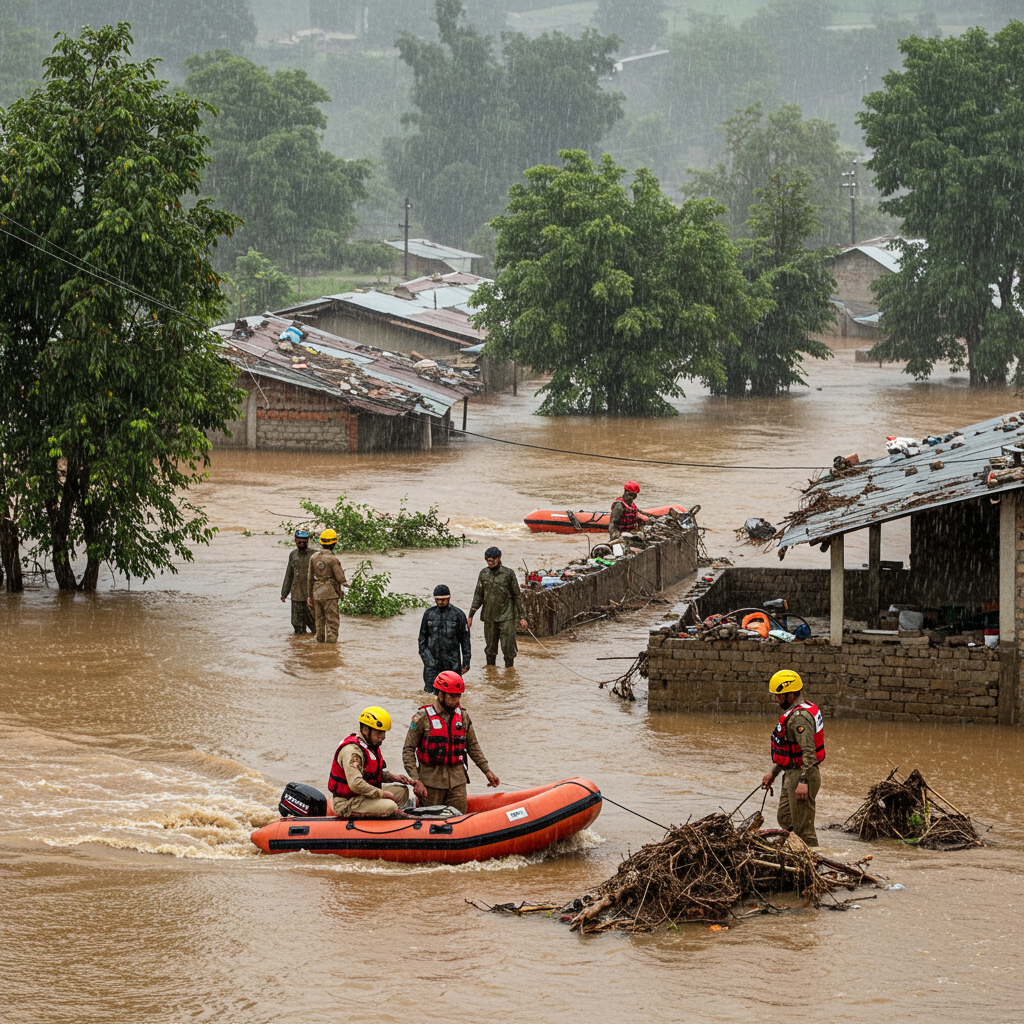After years of expressing a desire for a grand display of military might in the nation’s capital, President Donald Trump is finally set to realize his wish. A massive military parade is scheduled to roll through Washington, D.C., on Saturday, marking a significant, and controversial, moment. While officially tied to the U.S. Army’s 250th anniversary, the event notably coincides with Trump’s 79th birthday.
This ambitious spectacle is poised to be the largest demonstration of its kind in Washington since the 1991 parade celebrating the end of the first Gulf War, featuring an extensive array of personnel and hardware.
The Genesis of Trump’s Parade Ambition
The inspiration for such a display first took root during Trump’s initial visit to Paris as president in July 2017. Witnessing the traditional Bastille Day military parade on the Champs-Élysées alongside French President Emmanuel Macron, Trump was reportedly awe-struck. Flying back to Washington, he instructed his aides: “Get to work,” he wanted a similar parade at home.
This wasn’t the first time the idea had surfaced; his transition team had inquired about using military vehicles in his 2016 inaugural parade, though those plans didn’t materialize. Despite facing resistance during his first term – notably from his first defense secretary, James Mattis, who privately disdained the idea and publicly worried about costs and optics – Trump didn’t abandon his vision. Spiraling cost estimates, at one point reportedly reaching $92 million, made a large-scale parade infeasible then, much to the relief of many Pentagon officials.
However, Trump’s return to power provided a new opportunity. With Army officials planning a modest event for the 250th anniversary, the context shifted, enabling a scaled-up celebration that aligned with Trump’s long-held desire.
Inside the Grand Display
The planned parade is a logistical undertaking featuring thousands of soldiers and heavy equipment. Expected participants include over 6,600 soldiers representing various Army divisions, the National Guard, Army Reserve, Special Operations Command, the United States Military Academy, and ROTC.
The procession down Constitution Avenue is slated to include approximately 150 vehicles, among them at least 26 Abrams tanks and 27 Bradley Fighting Vehicles, requiring measures like steel plates and rubber track pads to mitigate potential road damage. Different eras of Army history will be represented through vintage uniforms and equipment. The aerial component is also substantial, with around 50 aircraft, including CH-47 Chinooks, UH-60 Black Hawks, and historic planes like a World War II-era B-25 bomber, expected to perform flyovers. Other unique participants will include 34 horses, two mules, and one dog, alongside a parachute jump by the Army’s Golden Knights landing near Trump’s viewing stand.
The day’s events extend beyond the parade itself, with a military festival on the National Mall featuring demonstrations and displays, capped off by a fireworks show in the evening.
Cost and Funding
Initial estimates for the parade and related events range from $25 million to $45 million. While military officials have downplayed the price tag, critics point to the significant expenditure. President Trump, however, has dismissed cost concerns, reportedly calling the amount “peanuts” and framing the event as a worthy celebration of the nation’s strength.
Interestingly, securing the necessary funding for this grand event has involved significant corporate support. According to reports, major tech companies, including Oracle, Coinbase, Palantir, and Amazon, have made commitments to the America250 Foundation, the non-profit organizing the overall 250th-anniversary festivities, with many specifically supporting the parade. These companies reportedly have existing ties to the U.S. Army or the Trump administration, providing a potential rationale for their financial backing of such a politically charged event.
The Deep Vein of Controversy
Perhaps more than its scale or cost, the parade has ignited fierce debate over its symbolism and timing. Critics argue that large-scale military parades are uncharacteristic of American democratic tradition and are instead commonly associated with authoritarian regimes, drawing comparisons to displays seen in countries like North Korea or the former Soviet Union. As Republican Senator Rand Paul put it, such images seem “different than… the images you saw in the Soviet Union and North Korea.” A former Vice Chairman of the Joint Chiefs of Staff is reported to have told Trump during his first term that military parades were “what dictators do.”
Beyond the optics, commentators express concern over the perceived politicization of the military. Some argue that events like the parade, combined with other actions such as the deployment of National Guard troops and Marines to quell protests in Los Angeles shortly before the parade, create a deliberate “split screen” intended to signal the military’s loyalty to the commander-in-chief. This, they contend, risks turning the military into a political actor and bypasses traditional federalist structures where local and state authorities manage domestic issues. Actions like the controversial Fort Bragg speech, where Trump wore a partisan hat and seemingly encouraged active-duty soldiers’ participation in a political rally, are cited as further examples of this potentially “poisonous” politicization.
Critics also see the parade as a personal show of power and ego rather than genuine patriotism, comparing it to the “raw power and control” symbolized by such displays versus the tradition and pageantry of events like King Charles III’s birthday parade (with which the DC parade coincidentally shares a date). They frame it as Trump “ticking another box on his authoritarian checklist” and a warning to domestic dissenters, funded by taxpayers while potentially contrasting with planned job cuts elsewhere in government, such as at the Veterans Administration.
President Trump, however, has defended the event as purely patriotic. He points to Bastille Day, saying, “No one ever calls Macron a dictator for celebrating Bastille Day.” He has promised a show unlike anything seen before, emphasizing the display of military hardware and the celebration of the country. While acknowledging the coincidence, he has stated he is “not celebrating my birthday” during the event.
Opposition and Anticipated Protests
The parade has met with significant opposition from various quarters. Democrats have been largely unified in their criticism, with figures like California Governor Gavin Newsom calling it a “vulgar display to celebrate his birthday, just as other failed dictators have done.” Even some Republicans have expressed skepticism regarding the cost and necessity, though resistance within his current administration is reportedly less pronounced than during his first term.
Nationwide protests under the banner of “No Kings” are anticipated on the same day, though primarily planned outside of Washington, D.C. Nevertheless, counter-demonstrations in the capital are considered likely. In response, President Trump issued a stern warning, stating that anyone protesting his event would be “met with very big force,” a remark that further fueled accusations of authoritarian behavior. Commentators have advised protesters to avoid provoking soldiers, which could be used as a “pretext” for further crackdowns, and to avoid falling into a “gigantic trap” by engaging in dramatic confrontations.
Ultimately, the military parade represents the culmination of a long-held personal desire for Donald Trump. But it arrives in Washington not merely as a patriotic commemoration, but as a deeply polarizing event intertwined with debates over executive power, the role of the military in a democracy, and the symbolism of state-sponsored displays of force.



